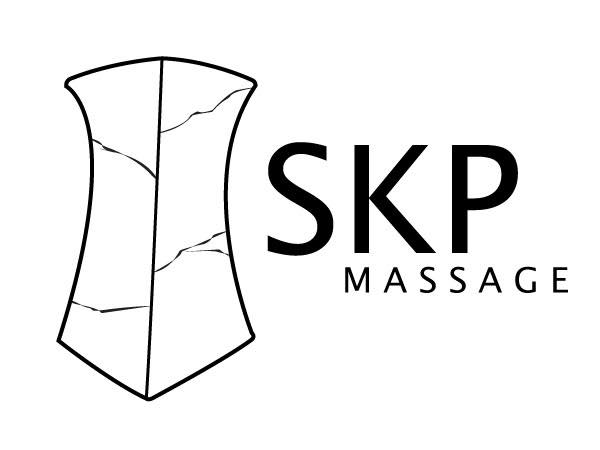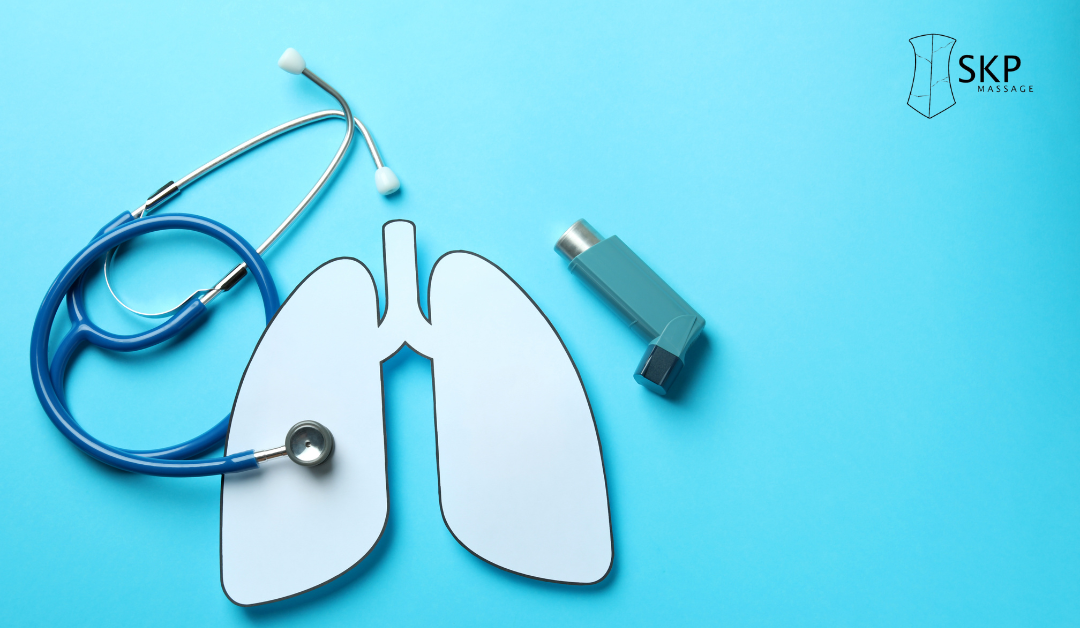If you or someone you care about has asthma, these are some helpful tips on massage therapy. Massage can be a beneficial tool for those experiencing respiratory distress like coughing and wheezing. As well as for people with any other condition that limits their ability to breathe easily.
Asthma is a common lung disease affecting about 300 million people worldwide. It causes the airways in the lungs to narrow and swell, making breathing difficult. Allergens or irritants trigger asthma (like pet dander or certain types of smoke) or by exercise and cold air exposure. Triggers may also have psychological origins, such as stress, anxiety, and depression.
Massage can help people living with asthma and those with other respiratory disorders. Because it increases circulation to the lungs and exfoliates cells in the bronchi, which help to relax muscles around the airways. This can help reduce airflow obstruction and irritation, making breathing easier. Massage also promotes lymphatic drainage, lowers blood pressure, and reduces heart rate, which is beneficial for respiratory conditions.
Asthma & Massage Benefits
Firstly, massage therapy can help relieve symptoms and increase medication effectiveness. The benefits of massage could therefore include:
- Reducing asthma symptom severity.
- Improving the effectiveness of inhalers.
- Maintaining patient compliance with medication regimen.
1. Improves Lung Function
Massage can promote increased circulation, which is beneficial for the lungs. In particular, massage can increase the amount of oxygen delivered to the blood through improved blood flow in the capillaries.
2. Decreases stress
Asthma & Massage therapy can help reduce the stress hormone cortisol, often produced in response to an asthma attack. By reducing the stress hormone, asthma attacks may be reduced or prevented.
3. Increases Relaxation
Massage increases levels of serotonin and oxytocin, two hormones that promote relaxation and help relieve anxiety. Also, the relaxation response that massage induces can be beneficial for those with asthma who may be concerned about their condition’s physical effects.
4. Helps Manage Symptoms
Massage helps to relieve symptoms of asthma, such as nervousness, nausea, difficulty sleeping, and fatigue. Also, massage also boosts the immune system and helps patients sleep better at night.
5. Decreases Tension
Asthma & massage therapists use a combination of gentle and firm pressure to relieve awkward muscle tension. Also, headaches, back pain, and fatigue can improve asthma symptoms. Massage helps to achieve this in both children and adults with asthma. Likewise, it works by helping improve blood flow to the lymph nodes, tendons, and ligaments.
6. Improves flexibility
Asthma & massage therapy helps reduce muscle stiffness caused by breathing restrictions, helping to improve muscle flexibility and joint mobility, which can increase lung function in people with asthma.
In conclusion, we at SKP Massage have multiple ways in which therapy could help people living with asthma manage their condition. SKP Massage will be happy to take you through one of our massage packages and recommend how to incorporate massage into your daily routine. Therefore, visit SKP Massage to learn more.


Recent Comments